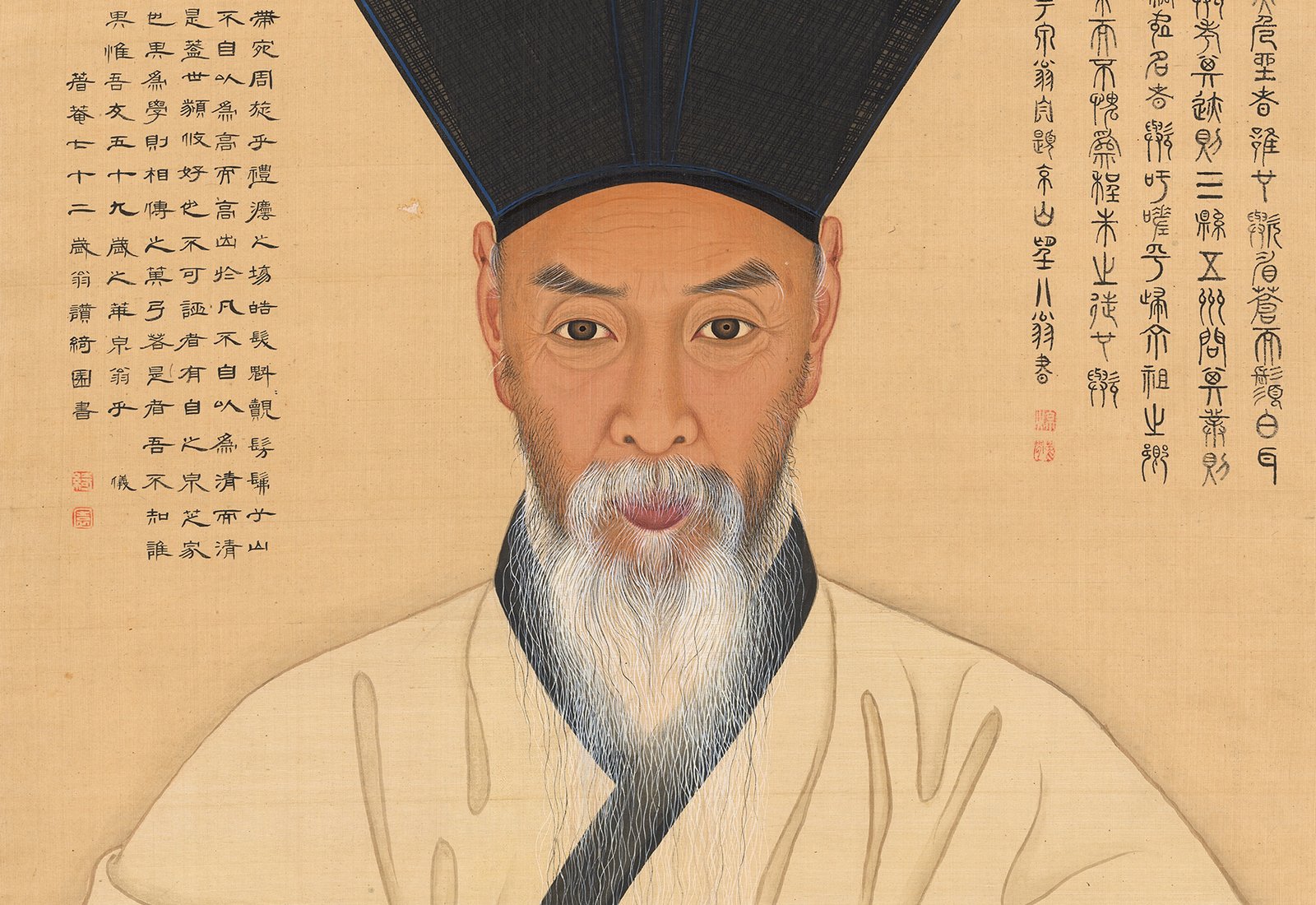Small original boxes are likely the most challenging pieces to come across in the Korean furniture market due to their historical association with the elite. These boxes are relatively rare, and they were used in both men’s and women’s quarters for various purposes. Among these boxes, the wedding box was the most common and could […]










